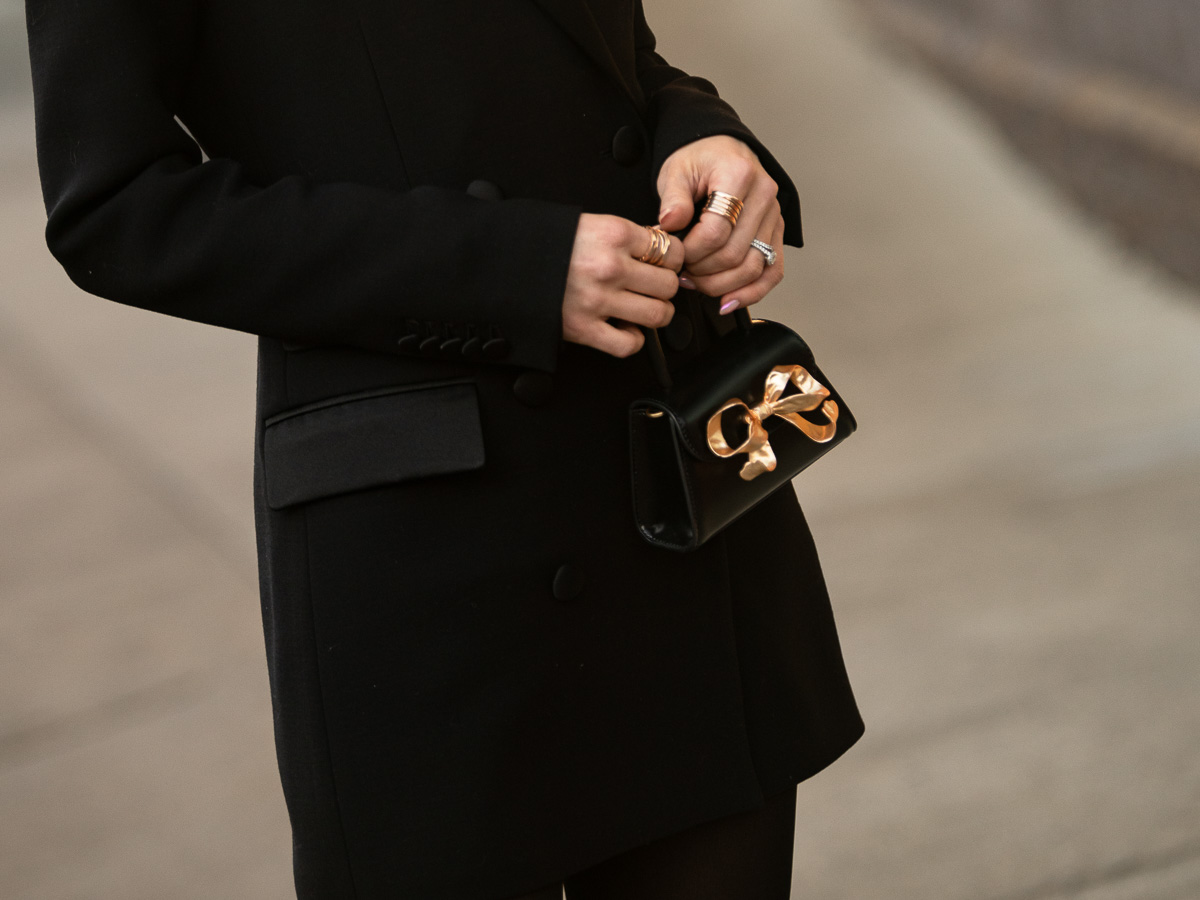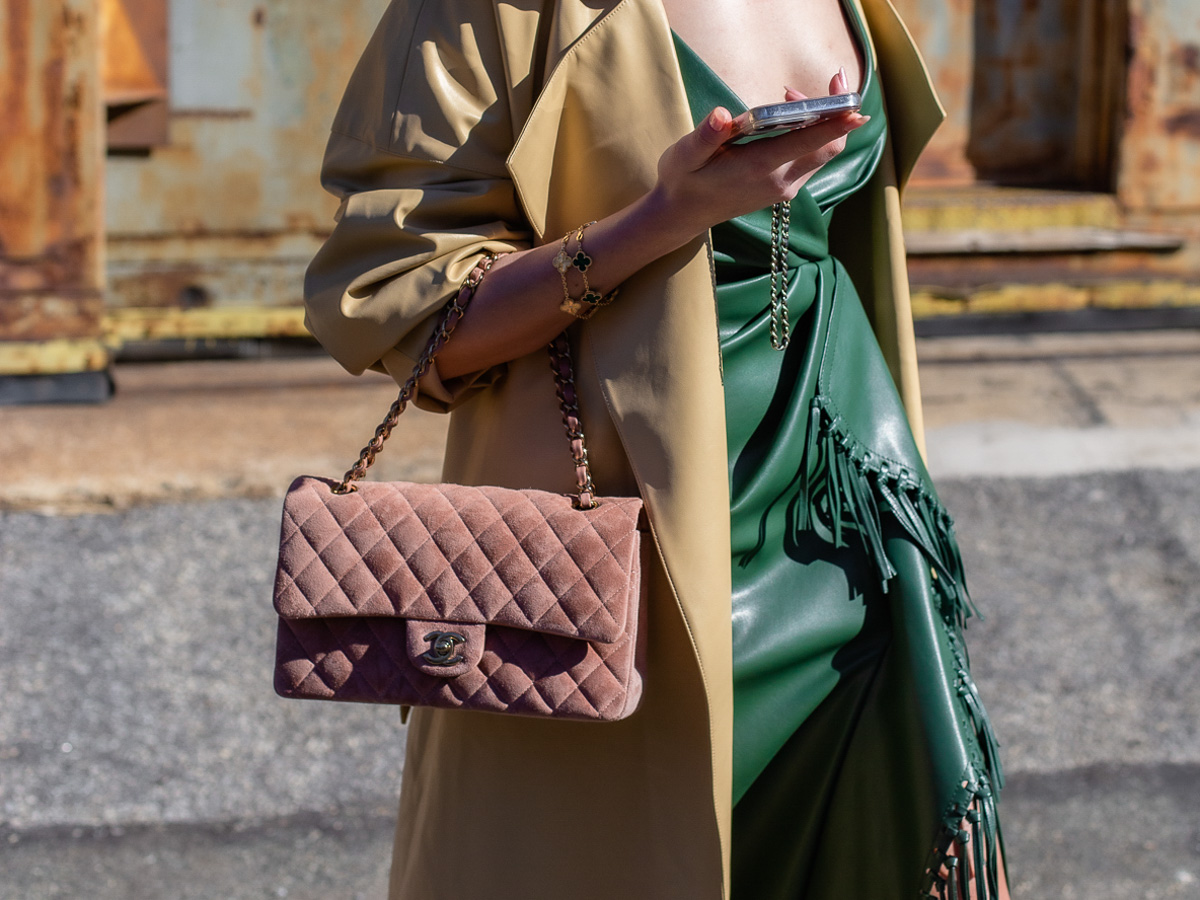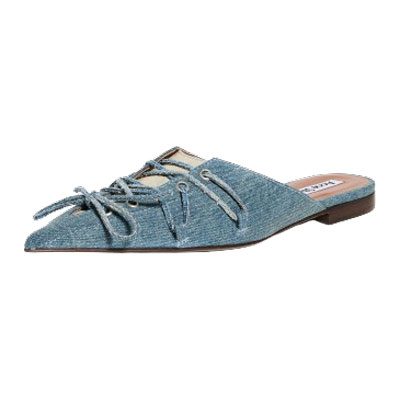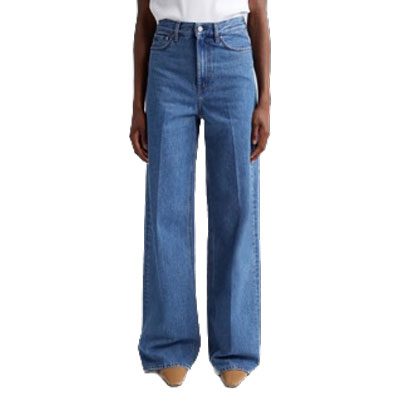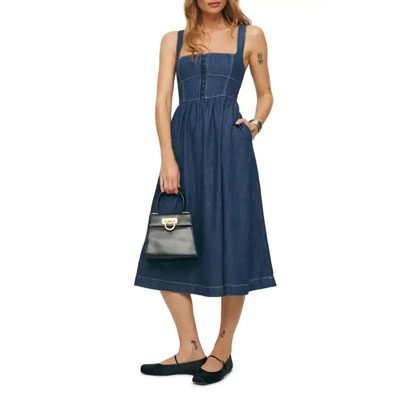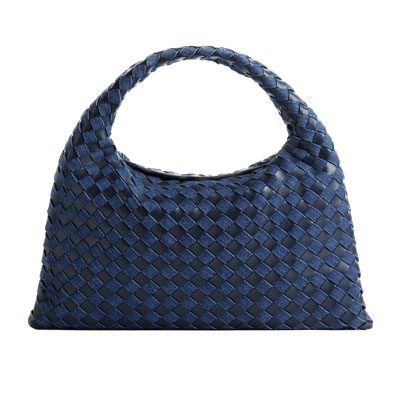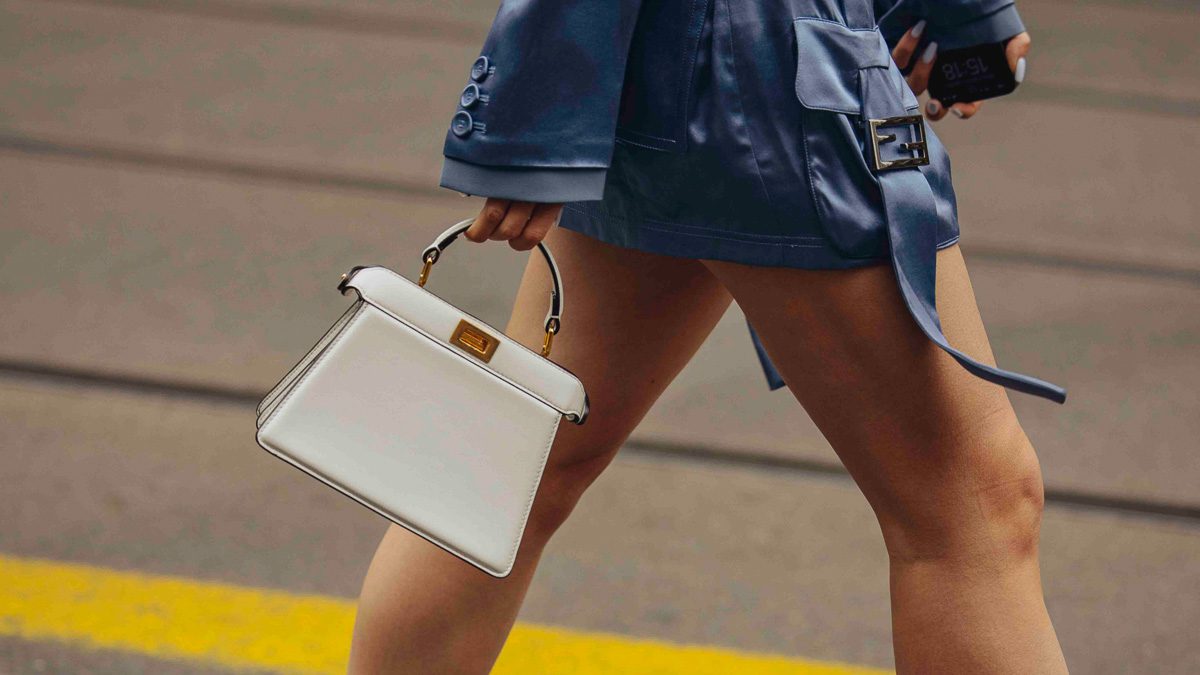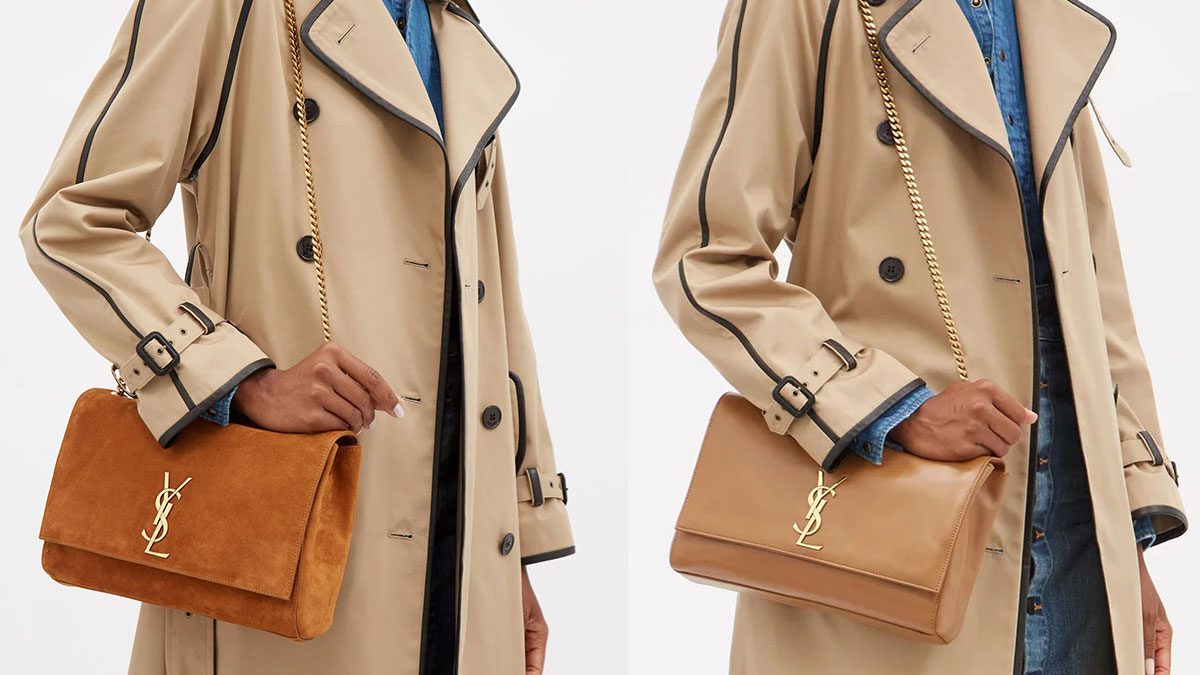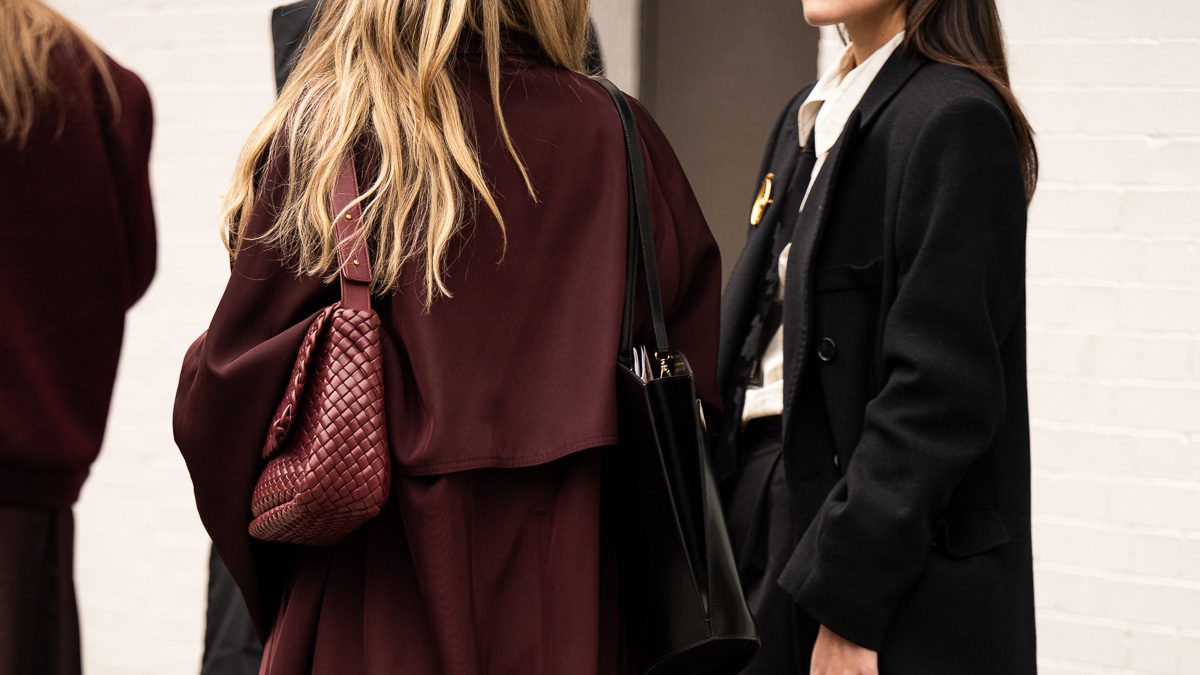If one of the first things that come to mind when you think about luxury is dollar signs, you’re not alone. Luxury bags have long been a marker of status and wealth. The rising prices and exclusivity of many designs mean that luxury styles are intrinsically linked with high monetary worth in consumers’ minds like never before.
But what really determines the value of a luxury bag? Is it solely the financial cost, or are there other factors at play? What level of value must a bag possess to be considered luxury? And is this determined by the personal value a consumer places on an item or by its price tag?
As someone who’s been collecting designer bags for a few years, I can understand that the idea of a product being considered luxury is about more than just a hefty price tag. The resale market, rental services, and the rising prominence of lower-priced mid-range brands are causing onlookers to rethink the very nature of what is considered luxury fashion. Today, does the concept of a luxury bag mean something entirely different than what consumers are used to? Let’s discuss.
What is Considered Luxury?
Many of today’s luxury fashion powerhouses date back to the 19th and 20th centuries, with high-end fashion traditionally considered a luxury reserved only for the elite. However, the expansion of the modern global fashion scene and the luxury sector, in particular, has turned the concept of luxury into a phenomenon desired by the mass population.
The state of luxury fashion today is puzzling. While, arguably, the luxury sector is being democratized, it’s also enjoying heightened levels of exclusivity. Consumers now have increased access to luxury fashion thanks to the resale and rental markets and the emergence of many reasonably-priced mid-range brands boasting luxury-level cult appeal. But luxury fashion also seems more exclusive than ever owing to relentless price increases from all of the major brands.
The great debate about what should and shouldn’t be considered luxury fashion came to light recently when one TikTok creator went viral after describing her $80 bag from Singapore-based brand CHARLES & KEITH as luxury. Captioning the video “My first luxury bag,” the young influencer gushed over her new accessory. But unfortunately, many users responded to her video with mean comments mocking the fact that she regarded a bag worth $80 as a luxury. Others came to her defense, stating that her love and excitement for owning the bag was a luxury in itself.
Despite fashion widening the parameters of what’s considered luxury, the sector still has an inherent exclusiveness intrinsically linked with it that’s proving hard to shake.
The Impact of Mid-Range Brands
High fashion has long been ruled by a cohort of revered heritage houses. But recent seasons have seen increasing numbers of more affordable mid-range brands gaining popularity amongst luxury shoppers. They help challenge the notion that a label must be expensive to be considered luxury.
The likes of Polène, STAUD, Cult Gaia and more have designed a slew of coveted bags that are beloved for their design, quality, wearability and cult appeal. From Self-Portrait’s range of Bow bags that have become a favorite amongst style seekers to the Coperni Swipe that’s been the talk of several fashion weeks. There’s no shortage of designs serving as proof that quality bags crafted using luxurious materials have a place in the luxury fashion sector. These styles cater to everyone from celebrities and street style icons to consumers eager to spend their hard-earned money.
While the price point of mid-range bags may be considerably lower than styles from traditional luxury labels, many of these designs prove no less desirable than their ultra-expensive counterparts from brands boasting plenty of heritage and clout.
Many bag designs from esteemed heritage labels have been accused of relying too heavily on the brand’s reputation instead of showcasing in-demand and innovative designs. But mid-range brands have helped usher in a new era of fashion in which designs are considered luxury because of their quality and covetability and not just their price tag.
What’s Handbag Investment Culture Got to Do With it?
Once upon a time, handbags were delightfully collectible creations with the simple functions of holding your belongings and elevating your outfit. But in the era of handbag investment culture, the accessory is regarded as a little more than simply a clutch or carryall. Shoppers increasingly turn to luxury bags to invest their money in. High prices coupled with high resale values are a crucial part of this.
Investing in handbags wisely means paying close attention to the perceived luxury and exclusivity of designs. This practice favors the most costly and sought-after bags from luxury labels such as Hermès and Chanel. Prices of designs like the Birkin and Classic Flap are well known for appreciating over time and are often sold on the resale market for a profit. In recent years, the fanfare surrounding styles like these and their lucrative investment potential has reached new heights. These designs have come to be revered as the pinnacle of luxury and have caused a handbag’s value and luxury status to become closely tied to its investment potential.
The concept of luxury, much like fashion itself, is hard to define. As fashion and the luxury sector continue to evolve, critics and consumers will go on debating the true value of luxury and which brands and designs are worthy of its title. But one thing is undeniable – luxury is something that people will always aspire for. Its concept encourages consumers to appreciate exquisite craftsmanship, innovative designs, and, most importantly, the desire we feel for our favorite products. And what could be more luxurious than that?


